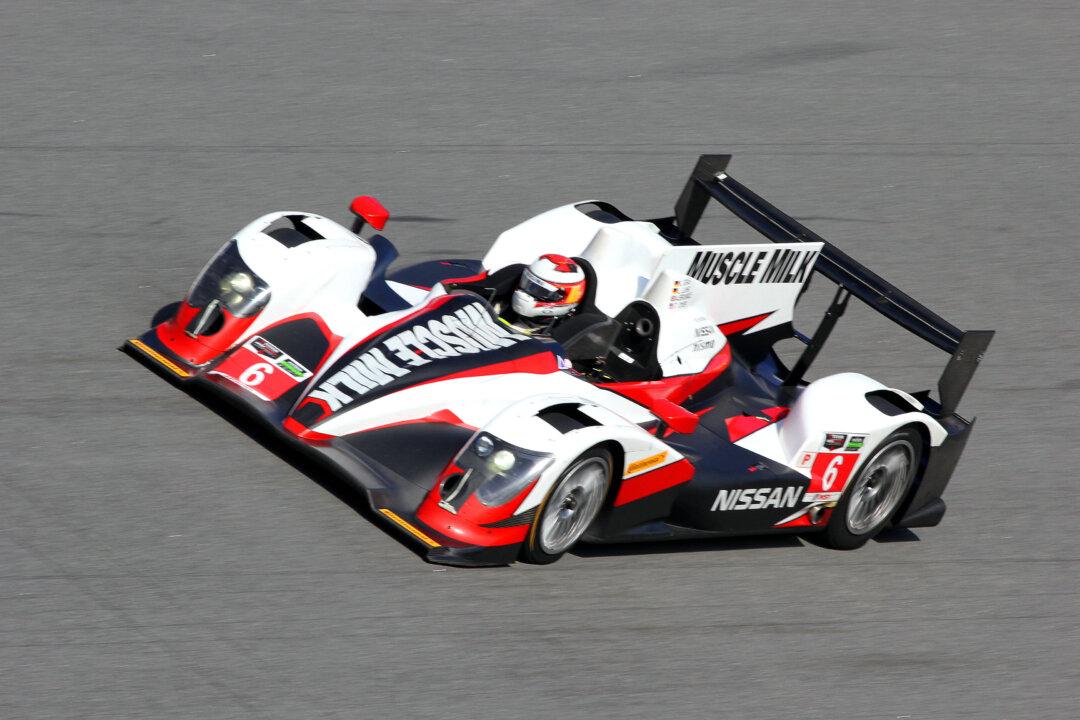DAYTONA BEACH, Fla.—The Tudor United Sports Car Championship has released its final 2014 Sporting Regulations, governing qualifying, racing, and scoring.
Merging the rules of TUSCC’s constituent series, the American Le Mans Series and the Grand Am Rolex Sports Car Series was not easy, despite the number of rules the two series had in common. The rules that differed governed the most important aspects of the sport, from how to start to who could score.
“Bringing together two series, which operated under markedly different rules, was a mammoth undertaking,” said Scot Elkins, IMSA vice president of competition and technical regulations. “We took advantage of the opportunity to closely examine the rules and procedures utilized by Grand Am and the previous iteration of IMSA to create a package that includes best practices from both.”
Scoring will follow the Rolex system, with 35 points for a win, 32 for second, two less per place for third through fifth, and a point per position for the rest of the field.
Drivers can enter and be scored in two classes if they meet the minimum driving time for each, and can drive two cars in one class but must designate a scoring car before the race.
The driver who qualifies a car doesn’t have to drive the first stint, as per the ALMS rulebook. Drivers who cause red flags during qualifying lose their fastest lap times; if the session has to be cancelled, the driver causing the stoppage will start at the back of the grid.
Starting and restarting procedures, pit procedures, and wave-by regulations are some of the most important, and also where the series differed most greatly.
Drivers cannot accelerate at the start of the race until they cross the start-finish line, but on restarts, they can hit the gas as soon as the green flag waves. This should create a lot of action on restarts, but also could lead to the “yellows breed yellows” situation where drivers cause accidents trying too hard to gain positions after caution periods.
During caution periods the pits will close as soon as the yellow flags wave. The pits will open for the P and PC classes on the next lap, and for the GTLM and GTD classes on the lap after. After that the pits will be open to all cars.
Class pit restrictions are lifted for 15 minutes after a green flag, including race start, and for the final half-hour of the race. This could cause chaos in the pits after a late-race yellow, but it will also reward the teams who are most efficient on that final stop.
Some of the most controversial rules regarding wave-by—here, the Rolex rules will apply.
After a caution, cars with their class leaders behind them can be waved around to rejoin the back of the pack, so that the class leader is the first car in its class on track.
Also, cars which are a lap down but ahead of their class leader on track when a yellow flag waves will be waved around, thus giving the cars free laps. This rule, the Lap Down Wave-By rule, is also suspended for 15 minutes after a green flag and during the final half hour of the race.
Judging from Internet comments, ALMS fans tended not to like this rule, as it gives cars free laps, while their competition has to actually go faster to get ahead. A benefit of this rule is that it keeps more cars on the lead lap and thus in competition for the win.
Finally, cars do not need to actually take the checkered flag in order to score points. This means that a car which breaks down after running a fast race can still earn points according to how many laps it had completed, which rewards teams for pushing hard without penalizing them should they break down because of it.
These new rules will first be put into practice at the TUSCC 52nd Rolex 24 at Daytona, Jan. 25–26. Tickets for the Rolex 24 are available through the Daytona International Speedway website.





